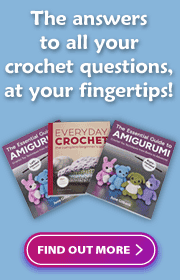
Dear Readers, this is my Christmas present to you: a super-fast free crochet pattern that might just be the solution to all the last-minute gifts still remaining on your list! Just look at all the variety you can create using this one simple pattern: Based on a Möbius strip, the Chunky Moebius Cowl is worked […]






















